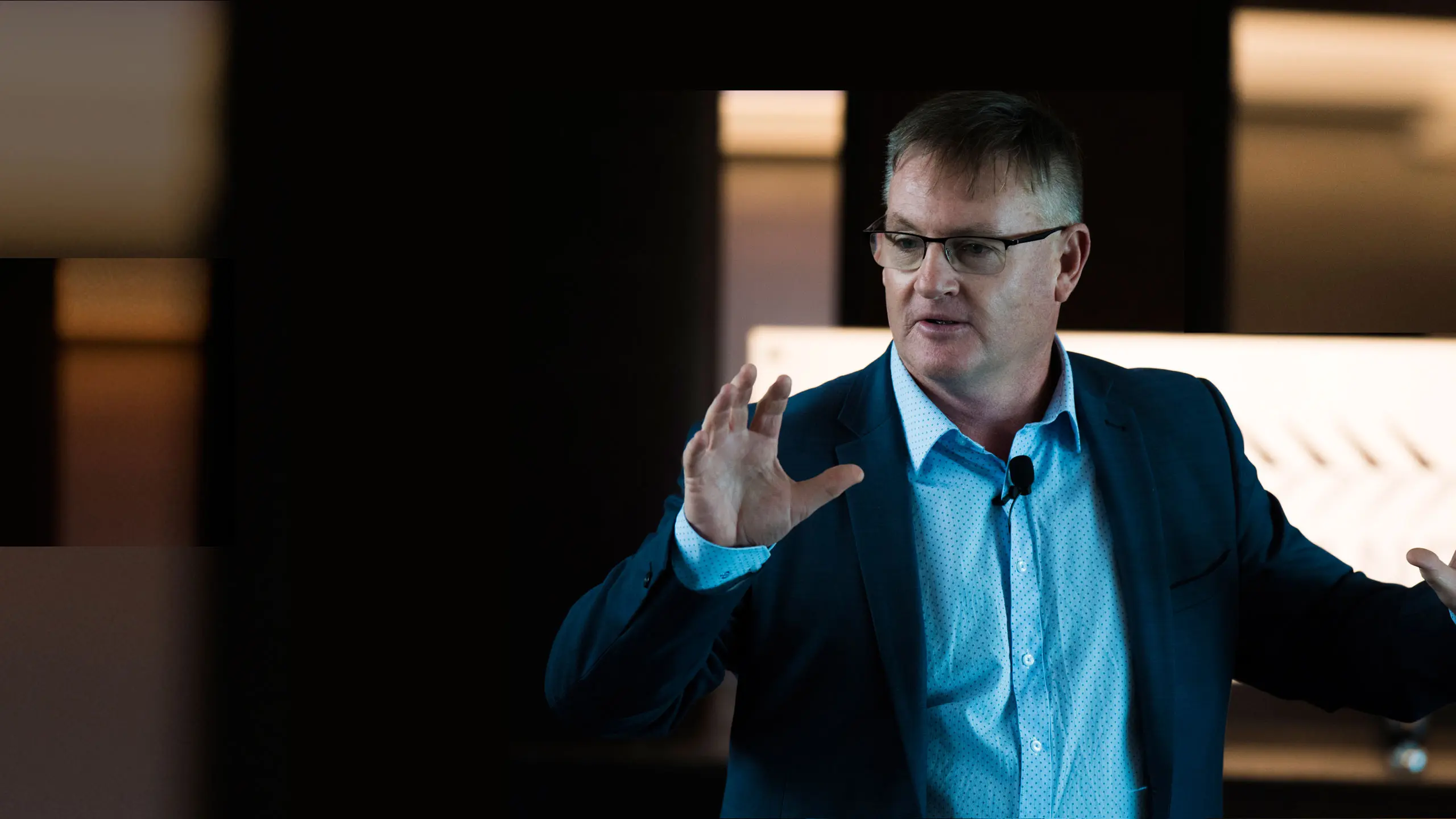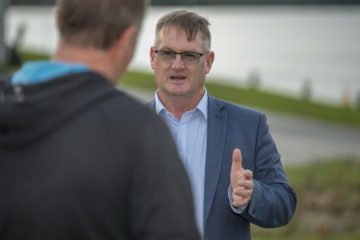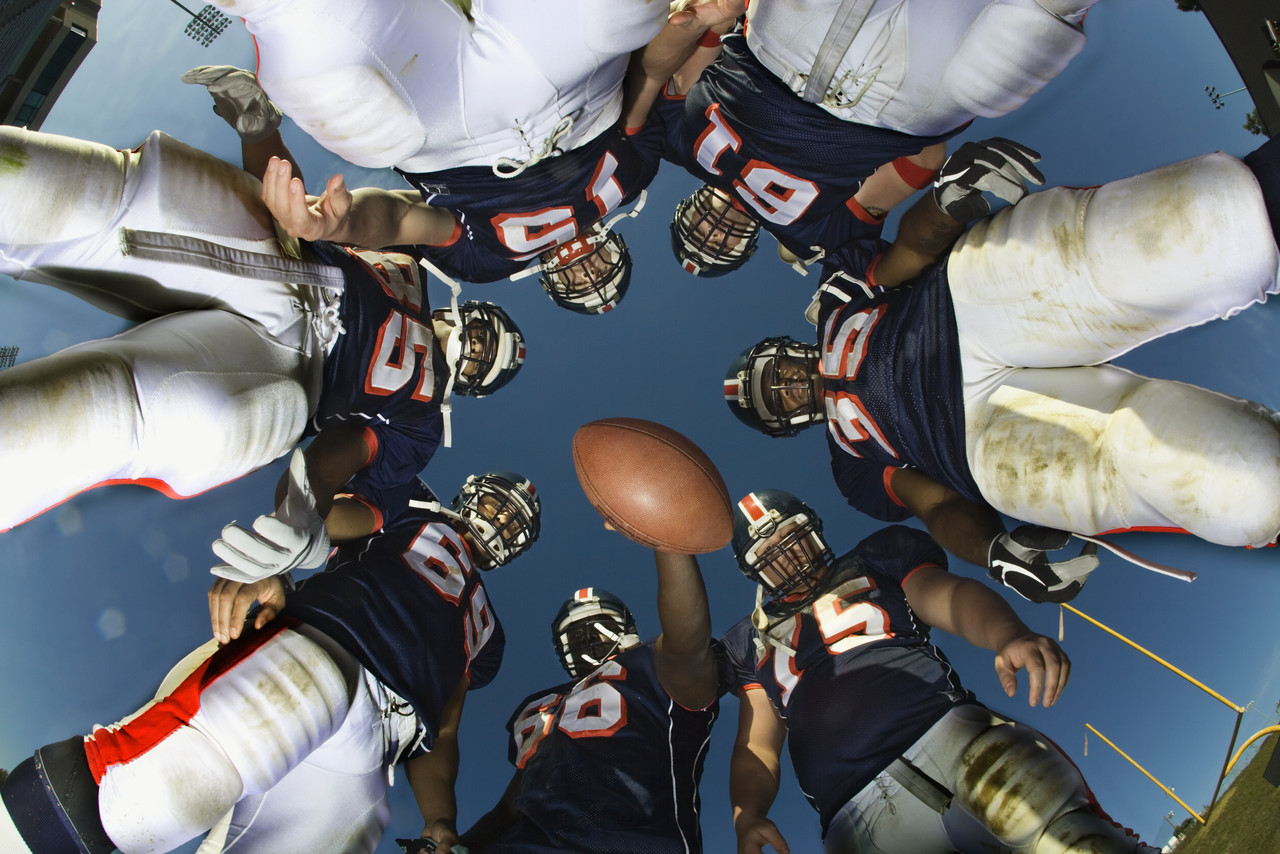Running better meetings in football: too long, too much, too similar.

There are five key elements in professional football these days:
1. Training
2. Playing
3. Recovery
4. Life Activities – e.g. work, study, family life, business.
5. Meetings!
Teams are spending more and more time meeting and discussing past games, future games and all the other games, training activities, travel and logistics issues involving the team.
The increased use of video at all levels of the game has led to more and more analysis and subsequently more meetings to discuss, review and present the analysis.
This has also presented some challenges for coaches and players on how to best manage the increased flow of information.
Three Golden Rules of Fantastic Football Meetings – 3 x 3 x 3
- 3 messages per meeting: Aim to deliver no more than three messages to players in any one meeting
- 3 minutes per presentation or video show: Aim to keep all presentations or video clips to less than three minutes
- 3 engagements of players into the process: Aim to engage players, e.g. seeking their input, feedback, comments etc at least three times per meeting.
What we know about how most footballers take in information?
There has been a lot of study done on how players learn and how they prefer to receive information:
- They want to be engaged – they want some sort of involvement in the process: to be involved in the presentation and the information that is available.
- They like it to be short. One flow on from the technology age we all live in is that players have grown up with video, DVD, CD, Internet, video games etc and like short, sharp, interesting messages.
- They like variety – not just in what is delivered but how it is delivered and the environment in which it is delivered.
- They like to DO – more than just listen.
- They like to SEE – more than just listen.
- Their learning styles are individual and unique.
Typical Monday morning or Tuesday night football team meeting (i.e. first meeting after the game): Too much: too similar: too long.
Coaches love to talk! Typically after a game, coaches will spend hours working through video, stats and other analysis tools to prepare a synopsis for players for the next team meeting. In general, coaches make several errors in delivering this important game analysis information:
- Too long – some post game team meetings go longer than 60 minutes!!!
- Too much information – most of it goes in one ear and out the other…..
- Too much talking AT rather than talking WITH the players and staff.
- Too MANY POWER POINT SLIDES – let’s say it again: too many power point slides.
- Too much telling and not enough asking, questioning and enquiring.
- Too much video.
- Too much same venue / same environment / same seating / same meeting format
- Too much of the same presentation format regardless of the learning preferences of individual players.
In other words, too much information delivered over too much time to too many players.
Ten Tips for running effective post game meetings in Football:
- Limit team meetings to a maximum of ten minutes and no more than three minutes on any one topic.
- Limit the number of slides on any one topic / message to three.
- Limit the amount of video in any one meeting to three minutes.
- Ask lots of “why” questions and “what happens next” and “how can we improve on this”.
- CONSTRUCTIVE rather than DESTRUCTIVE. The video era has led to the ANALYSIS era. Analysis by nature is destructive as its purpose is to pull apart, study and understand what happened. Use the analysis process to find new and creative way to construct better performances.
- Deliver information to players in a way that makes sense to them – that is consistent with their unique learning styles and learning preferences.
- Learn, think, act – make sure there is opportunity for players to learn from the meeting, give them time to think about it and to put it into action.
- Regularly seek feedback from players on how effectively meetings are conducted.
- Change the meeting structure, format, venue, presenters etc.
- LESS MEETINGS – MORE ACTION! I see and I learn: I do and I understand.
In the end team meetings are about three things:
- Will the information delivered at this meeting help improve the performance of each individual?
- Will it help the team as whole to perform better as a group?
- Will it help make the performance environment more efficient and effective?
If the answer to these three questions is “yes” – you are in for a great meeting!
Wayne Goldsmith



0 Comments